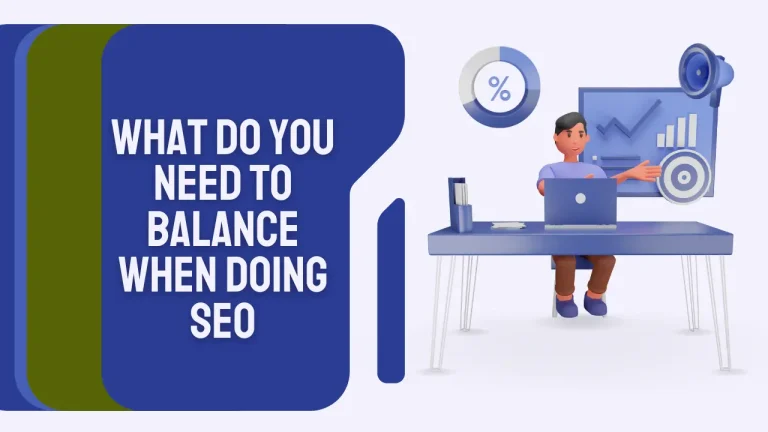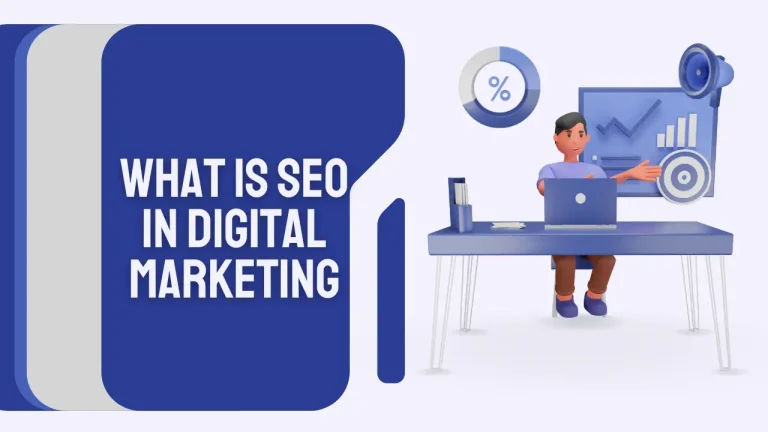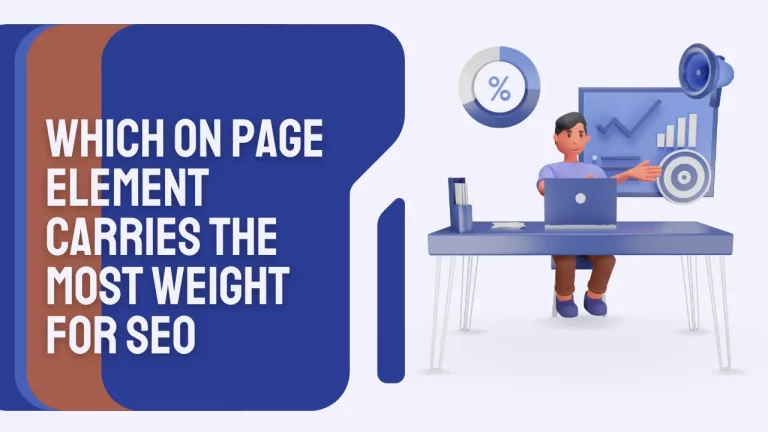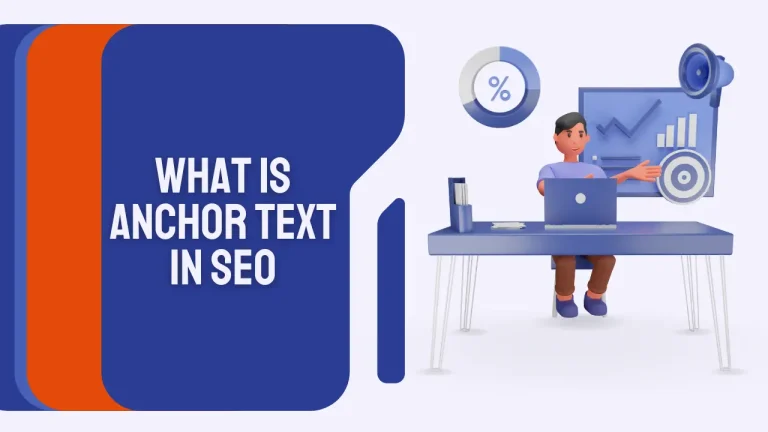Why Is Having Duplicate Content An Issue For Seo
Are you struggling to improve your website’s search engine rankings? One possible culprit could be duplicate content.
Duplicate content refers to identical or very similar content that appears on multiple web pages, either within your own site or across different websites. This can have a negative impact on your SEO efforts and hinder your chances of reaching the top of search engine results pages.
Search engines like Google strive to deliver the most relevant and diverse results to their users. When they encounter duplicate content, they face a dilemma – which version should they rank higher? As a result, search engines may penalize websites with duplicate content by lowering their rankings or even excluding them from search results altogether.
In this article, we will delve into the reasons why having duplicate content is detrimental for SEO. We will explore the negative effects it can have on your search engine rankings and discuss how it differs from syndicated content. Additionally, we will provide tips on how to identify and fix duplicate content issues, as well as ways to prevent them in the first place.
So let’s dive in and uncover the impact of duplicate content on your SEO success!
Key Takeaways
- Duplicate content can harm a website’s search engine rankings and lead to penalties or removal from search results.
- Duplicate content diminishes the uniqueness and value of a website, confusing search engines and users.
- Canonical tags and 301 redirects are effective techniques to address duplicate content issues and improve search engine rankings.
- Conducting a content audit is necessary to identify and fix duplicate content, updating or removing low-performing or duplicate pages.
Understanding Duplicate Content
Having duplicate content can be problematic for SEO because it diminishes the uniqueness and value of a website, resulting in lower search engine rankings. Content duplication refers to having multiple web pages with identical or very similar content. This can occur within a single website or across different websites.
The impact on user experience is significant, as users may become frustrated when they encounter the same information repeatedly. It can also confuse search engines, making it difficult for them to determine which version of the content is most relevant to display in search results.
To address this issue, content duplication solutions like canonical tags and 301 redirects can be implemented. These techniques help consolidate duplicate versions of content and indicate to search engines which page should be considered the primary source.
Such solutions are essential for improving user experience and ultimately boosting search engine rankings without resorting to any negative tactics that could harm your site’s reputation or standing with search engines.
Negative Effects on Search Engine Rankings
Having duplicate content on your website can have negative effects on your search engine rankings. Search engine algorithms are designed to prioritize unique and high-quality content, so having duplicate content can confuse these algorithms and lower your visibility in search results.
Additionally, search engines may even penalize websites with duplicate content, further impacting organic traffic and hindering your overall SEO efforts.
Confusing Search Engine Algorithms
Beware! Search engine algorithms can easily become confused by duplicate content. This confusion negatively impacts your search engine rankings and can lead to penalties from algorithm updates.
When search engines encounter identical or very similar content across multiple webpages, they struggle to determine which version should be displayed in the search results. As a result, your website’s visibility and organic traffic may suffer.
Confused algorithms often prioritize other websites with original and unique content over yours, pushing you further down the search results page. To avoid this issue, it’s crucial to create high-quality, original content that provides value to users. By doing so, you can maintain a strong online presence and improve your chances of ranking higher in search engine results pages.
Now let’s delve into how duplicate content can impact your website’s visibility and organic traffic without skipping a beat.
Lowered Visibility and Organic Traffic
Imagine the frustration of seeing your website’s visibility and organic traffic plummet due to confusing search engine algorithms. Dealing with duplicate content can have a significant impact on user experience, ultimately leading to lowered visibility in search engine results pages (SERPs).
When search engines encounter identical or very similar content on multiple webpages, they struggle to determine which version is the most relevant for users. As a result, they may choose only one version to display in SERPs, while others remain hidden. This means that potential visitors may miss out on finding your website altogether.
Moreover, when users do find your site but encounter duplicate content, it can be confusing and frustrating for them. They may question the credibility of your website and abandon it altogether. Therefore, addressing duplicate content issues is crucial for maintaining a positive user experience and maximizing organic traffic.
Now let’s explore potential penalties from search engines…
Potential Penalties from Search Engines
Watch out for the potential penalties that search engines can impose if they detect identical or very similar content on multiple webpages. These penalties can cause your website’s visibility and organic traffic to plummet. Search engines like Google prioritize unique and high-quality content in their search results, so having duplicate content can lead to a lower ranking or even removal from the search index altogether.
These penalties are designed to ensure that users are provided with diverse and relevant search results. When search engines identify duplicate content, they may choose not to display all versions of the page or give it a lower ranking. This means that your website may not appear in the top positions where users are more likely to click, resulting in decreased visibility and organic traffic.
Now let’s explore how duplicate content differs from syndicated content.
Duplicate Content vs. Syndicated Content
When it comes to SEO, you might wonder why having duplicate content is a problem, but did you know that there’s a difference between duplicate content and syndicated content?
Duplicate content refers to identical or very similar content appearing on multiple web pages within the same website or across different sites. This can lead to search engines struggling to determine which version should be ranked higher, resulting in lower visibility for your pages.
On the other hand, syndicated content refers to articles or posts that are published on multiple websites with the consent of the original creator. While syndicated content can provide advantages like increased exposure and backlinks, it’s essential to consider legal implications such as copyright infringement.
Now that you understand the distinction between these two types of content, let’s explore how to identify and fix duplicate content seamlessly.
How to Identify and Fix Duplicate Content

To identify and fix duplicate content on your website, you need to conduct a thorough content audit. This involves examining all pages and identifying any instances of duplicated text or similar content.
Once identified, you can implement canonical tags to point search engines to the preferred version of the content, helping to avoid any penalization for duplicate content.
Additionally, using 301 redirects can help consolidate multiple versions of the same page into a single URL, further mitigating any potential SEO issues caused by duplicate content.
Conducting a Content Audit
First, take a moment to assess your existing content and visually map out the various components of conducting a content audit. This is an essential step in ensuring effective content optimization and content management.
To conduct a successful content audit, follow these steps:
- Identify all pages on your website: Make a comprehensive list of all the pages you have on your website, including blog posts, landing pages, and product descriptions.
- Analyze page metrics: Look at key metrics such as page views, bounce rate, and time on page to determine which pages are performing well and which ones need improvement.
- Check for duplicate content: Use tools like Copyscape or Siteliner to identify any instances of duplicate content within your site.
- Update or remove low-performing or duplicate pages: Once you’ve identified problematic pages, either update them with fresh and unique content or consider removing them altogether.
By conducting a thorough content audit, you can ensure that your website is free from duplicate content issues before implementing canonical tags in the next section about ‘implementing canonical tags’.
Implementing Canonical Tags
Now that you’ve conducted a content audit to identify duplicate content on your website, it’s time to take action and implement canonical tags.
Canonical tags are an essential tool in SEO because they help search engines understand which version of a page is the preferred one when there are multiple copies of the same content. By using canonical tags, you can consolidate the ranking signals for all duplicate pages into one URL, avoiding any potential penalties or dilution of your SEO efforts.
It’s important to note that there are some misconceptions about canonical tags, such as them being a direct ranking factor or solving all duplicate content issues. While they do offer significant benefits in managing duplicate content, they should be used alongside other techniques like 301 redirects for optimal results.
Using 301 Redirects
Make sure you redirect any outdated or irrelevant pages on your website with 301 redirects, so that you can maximize your online presence and create a seamless user experience. By using 301 redirects, you can enjoy the following benefits:
- Improved search engine rankings: Redirecting duplicate content to a single URL helps search engines understand which version of the page is the preferred one, preventing confusion and ensuring that your website ranks higher in search results.
- Enhanced user experience: When users click on a link that leads to an outdated or irrelevant page, they may become frustrated and leave your site. Using 301 redirects ensures that users are directed to relevant and up-to-date content, resulting in a positive user experience.
- Avoidance of penalties: Search engines penalize websites with duplicate content, as it can be seen as an attempt to manipulate rankings. By implementing 301 redirects instead of duplicating content, you avoid these penalties and maintain a strong SEO strategy.
Redirecting with 301s is just one solution for preventing duplicate content issues on your website. In the next section, we’ll explore alternative methods to ensure your site is optimized for SEO.
Preventing Duplicate Content

When it comes to preventing duplicate content, there are a few key points to keep in mind.
First, focus on creating unique and valuable content that sets your website apart from others.
Second, implement a proper URL structure that clearly distinguishes between different pages and avoids any duplications.
Third, regularly monitor and manage your content to ensure there aren’t any instances of duplicate information creeping in.
By following these steps, you can effectively prevent duplicate content issues and optimize your website for better SEO performance.
Creating Unique and Valuable Content
Creating unique and valuable content is crucial for effective SEO, as it not only helps to differentiate your website from others but also demonstrates your expertise and attracts a larger audience.
To create engaging content, focus on understanding your target audience’s needs and interests. Conduct thorough keyword research to identify relevant topics that drive traffic to your website. Once you have topic ideas, use content optimization techniques such as incorporating keywords naturally throughout your content, writing compelling titles and meta descriptions, and structuring your articles with headings and subheadings.
Additionally, consider adding multimedia elements like images or videos to enhance the user experience.
By consistently creating high-quality content that provides value to your audience, you can establish yourself as a trusted source in your industry. This will help improve search engine rankings and increase organic traffic to your site.
When it comes to implementing proper URL structure…
Implementing Proper URL Structure

To optimize your website for search engines and enhance user experience, it’s essential to ensure a well-structured URL. A well-structured URL is concise, descriptive, and memorable. Implementing proper URL structure can greatly improve your SEO efforts and make it easier for both search engines and users to understand the content of your web pages.
Here are some key points to consider:
- Conduct proper keyword research: Use relevant keywords in your URLs that accurately reflect the content of the page.
- Optimize meta tags: Include targeted keywords in your meta title and description tags to provide additional context for search engines.
By following these guidelines, you can create URLs that are not only SEO-friendly but also user-friendly. They will help search engines index your pages more effectively, increase click-through rates from search results, and ultimately improve your website’s visibility online.
Now let’s explore how monitoring and managing duplicate content plays a crucial role in SEO success.
Monitoring and Managing Duplicate Content
Now that you understand the importance of implementing proper URL structure, let’s delve into the next crucial aspect of SEO: monitoring and managing duplicate content. Duplicate content can harm your website’s search engine rankings and user experience.
Implementing content duplication prevention techniques is essential in maintaining a strong online presence. To help you grasp the impact of duplicate content on user experience, let’s take a closer look at a 2-column, 5-row table:
| Issue | Impact |
|---|---|
| Confusing navigation | Users may struggle to find relevant information, leading to frustration and increased bounce rates. |
| Diluted authority | Search engines may struggle to determine which version of the duplicated content is most authoritative, potentially affecting your website’s overall ranking potential. |
| Wasted crawl budget | Search engine bots have limited resources for crawling websites; if they encounter multiple versions of the same content, they might not discover new or updated pages efficiently. |
| Reduced backlink consolidation | When multiple URLs contain identical information, it becomes challenging for other websites to link to your site effectively. |
| Negative keyword cannibalization effects | Duplicate content can cause different pages on your site to compete for the same keywords, diluting their individual rankings and making it harder for users to find what they need. |
By actively monitoring and managing duplicate content, you can ensure a positive user experience while maximizing your SEO efforts.
Frequently Asked Questions
Conclusion
In conclusion, having duplicate content on your website can have detrimental effects on your SEO efforts. Search engines view duplicate content as a sign of low-quality and spammy websites, resulting in lower search engine rankings.
It is important to differentiate between syndicated content and true duplicates to avoid any penalties. By regularly auditing your website for duplicate content and implementing proper canonical tags or redirects, you can ensure that search engines understand the original source of your content.
Taking preventive measures like creating unique and valuable content will help maintain a strong online presence and improve your SEO performance.
Read More: What Is The Front Page Of Blog Called






